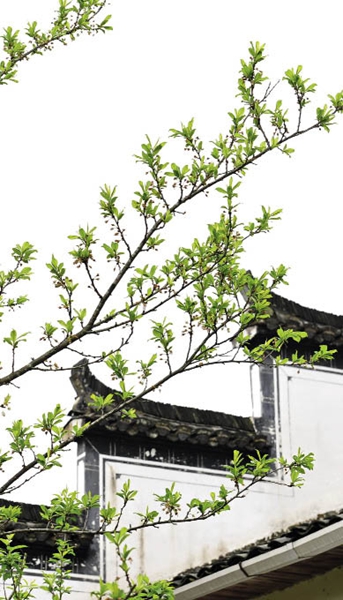Working and Living by the Sun
China Today, November 11, 2016 Adjust font size:
For millennia the Chinese farmed and lived according to the 24 solar terms of the lunar calendar, which were formed following long-term observation of the sun’s position in the zodiac.
The traditional Chinese calendar is named Nongli (literally, “agricultural calendar”), explicitly indicating its relationship with farming activities. Also called Xiali, the name came from China’s first dynasty Xia (2070 -1600 BC), during which the calendar was believed to originate.

Though people commonly call it Yinli (lunar calendar), the Nongli is in fact a lunisolar calendar. That is, months reflect the cycle of lunar phases, while intercalary months are added to bring it into synchronization with a complete circle of the sun. This kind of calendar reflects the ebbs and flows of the tide, but also the cycle of the four seasons.
The Nongli calendar divides a solar year into 24 segments, naming the first day of each segment with a solar term. Created through generations of observation and practice, the 24 solar terms have become an important part of the Chinese lunar calendar and play a key role in guiding people’s life and work even today.
Furthermore, the solar terms have been integrated with traditional festivals, such as Spring Festival, and formed a special folk and festival culture. Internalized as a basic cultural recognition, the 24 solar terms have been regarded the base and symbol of the Chinese nation. In 2006 the 24 solar terms were included in China’s first National Intangible Cultural Heritage List.